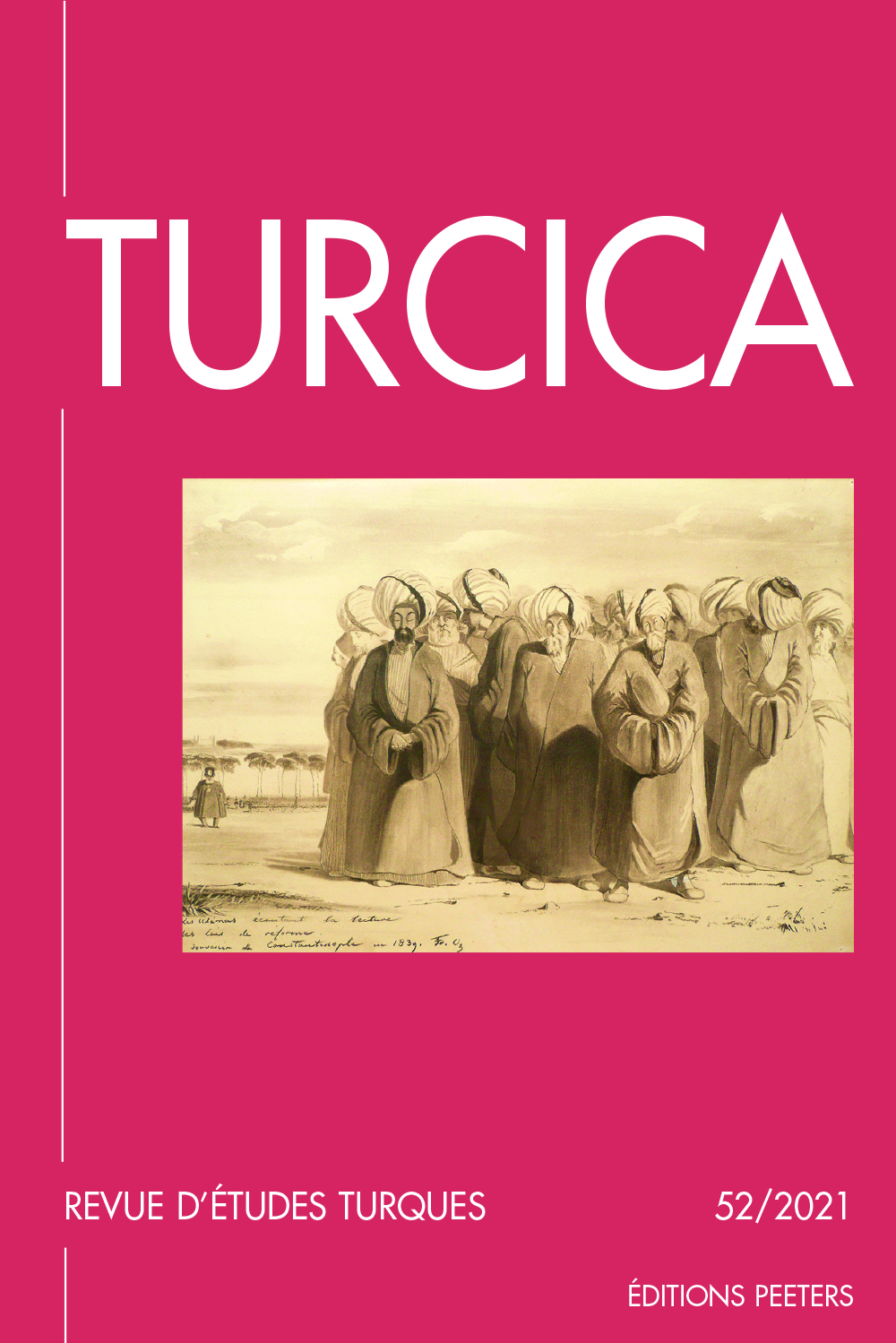 previous article in this issue previous article in this issue | next article in this issue  |

|
Document Details : Title: Maghrebi Bindings in Ottoman Dress Subtitle: About Changes of Tastes and Techniques in Saadian Morocco Author(s): DE CASTILLA, Nuria Journal: Turcica Volume: 50 Date: 2019 Pages: 89-113 DOI: 10.2143/TURC.50.0.3286572 Abstract : The history of Islamic bindings is hampered by the lack of evidence about the date and place of production of the bindings. As the library of the Saadian sultans of Morocco (now in San Lorenzo de El Escorial monastery) was captured by Spain in 1612, many bindings are still in the condition they were in at that date. In this article, I discuss the Ottoman influences on sixteenth-seventeenth century Morocco through the analyses of some of the Maghrebi manuscript bindings kept in the El Escorial collection, using either Ottoman plates or local imitations of the latter. In the light of this study, it will be possible to find some clues about the local production during the fifteenth and sixteenth centuries, and to show how the traditional Moroccan binding techniques started to disappear by the end of the sixteenth century and to be replaced by Ottoman techniques throughout the seventeenth century. All this evidence leads to far-reaching conclusions: more than just a matter of techniques, it is indicative of a change in aesthetics and, more broadly, of the cultural and intellectual relationship between Morocco and the Ottoman Empire, which had reached Algiers by that time. L’histoire de la reliure islamique pâtit d’un manque de données sur la date et le lieu de production des reliures. Entrée dans les collections espagnoles en 1612, la bibliothèque des sultans saadiens du Maroc (de nos jours au monastère de San Lorenzo de El Escorial) contient de nombreuses reliures qui sont dans l’état où elles étaient à cette date. Dans l’article, j’examine les influences ottomanes dans le Maroc des XVIe et XVIIe siècles à travers quelques reliures de manuscrits maghrébins conservés à l’Escorial et pour lesquelles ont été utilisées des plaques soit ottomanes, soit à l’imitation de ces dernières. À la lumière de cette étude, il sera possible de trouver des indices sur la production locale des XVe et XVIe siècles et de montrer comment les techniques de reliure marocaines traditionnelles commencèrent à disparaître vers la fin du XVIe siècle pour être supplantées par les techniques ottomanes au cours du XVIIe. Toutes ces données débouchent sur des conclusions d’une portée considérable: plus qu’une simple question de techniques, elles montrent un changement d’esthétique et, plus largement, des relations culturelles et intellectuelles entre le Maroc et l’Empire ottoman qui, à cette époque, avait atteint Alger. |
 |
